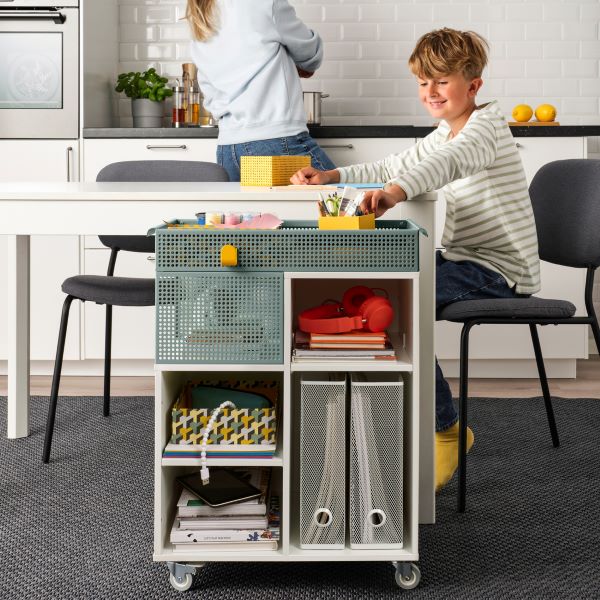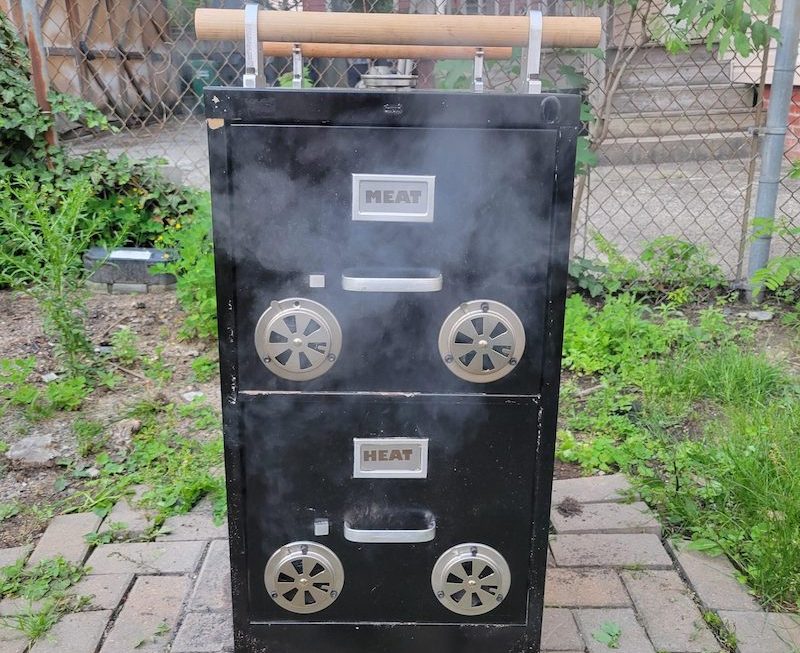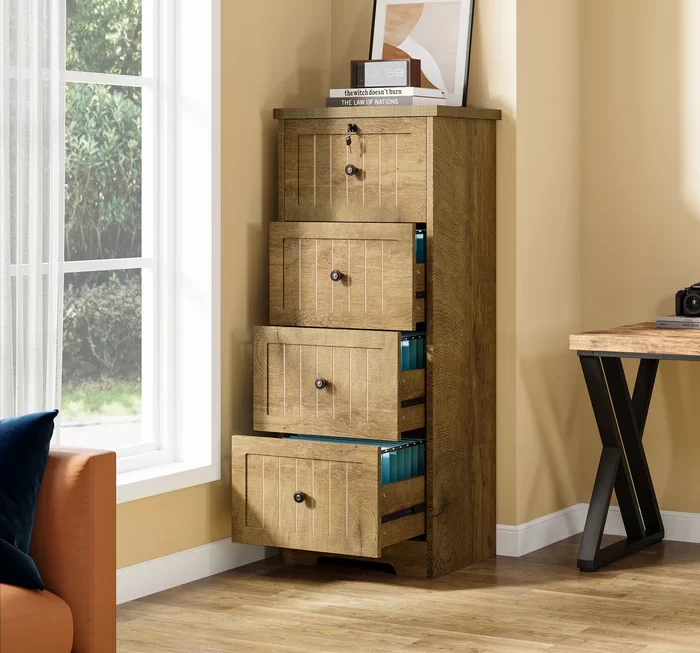The Importance of Childrens Cabinet in Space Management
In today’s dynamic home environments, managing space is a key challenge, especially in rooms designed for children. Children’s cabinets are not mere storage solutions — they are pivotal in creating organized, safe, and engaging spaces. Here’s why incorporating childrens cabinet into your home is essential for effective space management.
- Maximize Room Usage: Children’s cabinets help utilize the entire room efficiently. By organizing toys, books, and clothes in these cabinets, you free up space that can serve as a play area or study corner.
- Promote Safety: With everything tucked away neatly, the chances of tripping over scattered items decrease significantly. Childrens cabinet offers a safe means to store items, reducing household accidents.
- Encourage Independence: Cabinets designed at child-appropriate heights empower kids to pick out and put away their belongings. This fosters independence and responsibility from a young age.
- Aesthetic Appeal: Integrating children’s cabinets can transform the look of a room. They come in various designs and styles that can accentuate the room’s theme.
- Adaptability: As children grow, their storage needs change. A well-chosen childrens cabinet can adapt to these changes, providing a lasting solution.
Children’s cabinets are more than just furniture; they’re an investment in a child’s upbringing and room ambiance. By introducing these cabinets into a space, parents can achieve a harmonious balance between functionality and style, conducive to a child’s growth and development.
Different Types of Children’s Cabinets and Their Benefits
Choosing the right type of children’s cabinet is crucial for optimizing a child’s space. Different cabinet designs cater to various needs and preferences. Explore the benefits of some popular cabinet types.
Wall-Mounted Units for Maximizing Floor Space
Wall-mounted units are ideal for small spaces. These cabinets are fixed to the wall, freeing up floor space. They can hold books, toys, and other items at a height accessible to kids. The elevated position also keeps belongings away from younger kids who might be in the exploring phase, reducing mess and enhancing safety.
Free-Standing Cabinets for Flexibility
Free-standing cabinets offer versatility. You can move them around as needed, adapting to changing room layouts or the evolving needs of your child. They come in a variety of sizes and styles, making it easy to find one that fits your space and décor. They’re great for children who enjoy rearranging their rooms or parents planning for future furniture shifts.
Built-In Options for a Streamlined Look
Built-in childrens cabinet provides a seamless look and can be customized to fit the exact dimensions of your space. They blend in with the room’s architecture, offering a clean, uncluttered appearance. These options often come with the benefit of being able to incorporate special features, like desks or shelving, creating a multi-functional area tailored to growth and learning.
Designing Children’s Cabinets for Safety and Accessibility
Ensuring that children’s cabinets are both safe and accessible is vital when creating a child-friendly space. It’s important to consider materials, construction, and design features that cater to the needs of kids across different age groups.
Safe Materials and Construction for Kids
When selecting a children’s cabinet, prioritize safety in materials and construction:
- Non-Toxic Materials: Choose cabinets made from safe, non-toxic materials. Avoid lead-based paints and harmful chemicals.
- Sturdy Build: Opt for cabinets that are stable and won’t tip over easily. This helps prevent accidents.
- Smooth Edges: Select cabinets with rounded, smooth edges to minimize the risk of injury from sharp corners.
- Secure Fastenings: Ensure that doors and drawers have child-friendly latches that are secure but easy for kids to handle.
Accessibility Features for Different Age Groups
Accessibility is key in fostering independence and ease of use:
- Height Considerations: Install cabinets at a height accessible to the child. This encourages them to use the storage themselves.
- Adjustable Features: Look for cabinets with shelves that can adjust as the child grows and their needs change.
- Clear Labels: Use labels with pictures or words to guide children in organizing their possessions.
- Open Shelves and Bins: Incorporate open shelving or bins for younger kids to easily see and reach their items.
By integrating these safety and accessibility features, children’s cabinets can become a valuable tool in cultivating a child’s autonomy while keeping them safe.
Creative Themes and Colors for Children’s Cabinets
Decorating children’s rooms should be a balance of fun and functionality. Childrens cabinet can play a critical role in this by incorporating creative themes and vibrant colors.
Incorporating Fun Themes
When choosing a theme for children’s cabinets, consider the interests and imagination of the child. Here are some popular themes:
- Adventure and Exploration: Themes like jungles, oceans, or space can stir curiosity and encourage learning.
- Favorite Characters: Cabinets themed with beloved cartoon or book characters can make organizing fun for kids.
- Educational Motifs: Cabinets with numbers, letters, or maps can subtly blend learning into the room’s decor.
- Nature-inspired Designs: Floral or animal motifs can bring a sense of the outdoors inside, fostering a love for nature.
Themes can transform childrens cabinet into engaging pieces that excite and inspire young minds while keeping rooms tidy.
Color Psychology and Its Use in Cabinet Design
Color influences mood and behavior, especially in children. Here’s how you can use color psychology in cabinet design:
- Blue: It promotes calmness and is ideal for a peaceful environment.
- Yellow: This bright color can stimulate intelligence and happiness, but use it sparingly to avoid overstimulation.
- Green: Often associated with growth and harmony, green can be a comforting choice for a child’s room.
- Pink: While often used for girls’ rooms, pink can have a calming effect and is known to nurture feelings of love.
- Red: Red is energizing, but it’s best used in small accents as it can be overwhelming.
By selecting appropriate themes and colors, parents can create an environment that not only serves storage needs but also contributes to the child’s overall well-being.
Organizing Tips for Children?s Cabinets
Good organization is key to maintaining a neat and functional child’s room. Here are some tips to keep in mind when organizing childrens cabinet.
Storage Solutions for Toys and Books
Toys and books can often create clutter. To combat this:
- Use Bins and Baskets: Group toys and books in labeled bins and baskets inside the cabinet. This makes it easier for children to find and put away their items.
- Rotate Toys: Keep a limited number of toys accessible and rotate them periodically. This keeps the child’s interest and reduces mess.
- Dedicate Shelves: Assign specific shelves for books to separate them from toys which encourages a natural order.
- Display Favorite Items: Allow one shelf for favorite books or toys. This gives the child a sense of ownership and pride in their space.
Maximizing Use of Vertical Space
Vertical space is often underused. Make the most of it with these strategies:
- Install Hooks or Pegs: Use hooks or pegs on the sides of the cabinet to hang costumes or bags.
- Stackable Containers: Choose containers that stack well to maximize vertical storage within the cabinet.
- Add Extra Shelving: If the cabinet allows, adding an extra shelf can provide more storage without adding bulk.
- Use Door Racks: Door racks can hold smaller items and are perfect for utilizing the unused space behind cabinet doors.
Optimizing cabinet organization by storing toys and books cleverly and exploiting vertical space can greatly enhance the usability and tidiness of a child’s room.
The Role of Children’s Cabinets in Educational Environments
Childrens cabinet plays a vital part in educational settings, notably in classrooms and childcare centers. Their design can significantly impact learning experiences and organizational efficiency. Here’s how they contribute to educational environments.
Encouraging Learning and Creativity through Design
The design of children’s cabinets in an educational space can inspire and facilitate learning:
- Theme-Based Cabinets: Cabinets with educational themes can pique interest in subjects like science or history.
- Interactive Elements: Adding tactile features like knobs that children can turn or doors they can open encourages exploration.
- Visual Accessibility: Clear doors or open shelving allow children to see inside, making it easier for them to find and choose educational materials.
- Creative Displays: Use cabinet surfaces to display children’s artwork or educational posters, further stimulating intellectual growth.
By thoughtfully designing childrens cabinet, educators can turn them into tools that foster creativity and a love for learning.
Using Cabinets to Support Classroom Organization
Well-organized cabinets can enhance classroom management and accessibility:
- Labeling: Clearly labeled cabinets help children understand where items belong, teaching organization.
- Personal Spaces: Assigning individual spaces within cabinets can give children a sense of responsibility over their belongings.
- Resource Centers: Cabinets can be set up as specific resource areas, like reading nooks or science corners, promoting independent learning.
- Accessibility for All: Ensure cabinets are reachable for all children, including those with disabilities, to promote inclusiveness.
Children’s cabinets are more than storage units in educational spaces; they’re central to developing organization skills and creating an inclusive learning environment.
Integrating Technology into Children’s Cabinets
In an age where technology touches every part of our lives, children’s cabinets are no exception. Smart cabinets with built-in tech features can enhance the learning and play experience. When designing these high-tech storage options, it’s crucial to strike a balance that merges the digital with the physical. Integrating technology into children’s cabinets can also help with organization. LED lighting systems can illuminate shelves and drawers. Built-in speakers can play audio books or music. Digital locks can secure valuable items or control access. It’s all about creating a space that is as informative as it is secure.
Smart Cabinets with Built-In Tech Features
Incorporating technology advantages the functionality and appeal of children’s cabinets. Features like integrated tablets can offer educational apps. Digital labeling systems can help kids find things quickly. Touch-sensitive surfaces can make interacting with the cabinet educational and fun. These tech features invite interaction and can aid developmental learning. Look for cabinets with USB ports for easy charging of devices. Consider smart lighting that can change color with an app. Such features can turn an ordinary cabinet into an exciting learning hub for children.
Strategies for Managing Screen Time with Cabinet Design
Although technology can be beneficial, managing screen time is essential. Design cabinets to promote healthy tech habits. Create storage spaces for devices to encourage offline activities. Use timers on electronic features to limit their use. Organize cabinets so that non-tech items are just as accessible as digital ones. Remember to design with flexibility for future tech updates. By carefully considering the integration of technology, children’s cabinets can serve as a positive tool to support a child’s curiosity and growth.
Practical Considerations: Budget, Maintenance, and Longevity
When investing in children’s cabinets, practical aspects such as budget, maintenance, and longevity play a crucial role. These factors ensure that the furniture not only meets immediate needs but also provides value over time.
Budgeting for the Right Children?s Cabinet
Choosing the right children’s cabinet involves balancing cost and quality. Here are budget-friendly tips:
- Set a Spending Limit: Decide on a budget before shopping to avoid overspending.
- Compare Prices: Look at different stores or online to find the best deals.
- Invest in Quality: Paying a bit more initially for durability can save money in the long run.
- Look for Sales: Discounts and promotions can make higher-quality cabinets more affordable.
- Consider Multifunctional Pieces: Cabinets that double as desks or bookshelves offer more for your money.
By planning and researching, parents can find a children’s cabinet that’s both appealing and within their budget.
Maintenance Tips to Ensure Longevity
Keep children’s cabinets in great shape with these maintenance tips:
- Regular Cleaning: Wipe surfaces with a damp cloth to prevent dust buildup.
- Check Hardware: Tighten loose screws and hinges to ensure stability.
- Avoid Overloading: Prevent damage by not exceeding the recommended weight limit for shelves.
- Protect Surfaces: Use coasters or pads to guard against scratches and scuffs.
- Prompt Repairs: Fix small issues immediately to avoid bigger problems later.
Proper care extends a cabinet’s life, making it a lasting part of your child’s growing years. Balancing affordability with longevity through careful selection and maintenance ensures that children’s cabinets remain functional, safe, and stylish for years to come.






